
For over a decade I have wanted to visit the monuments at Sanchi, and finally in 2018 I fulfilled that ambition. Sanchi is unique in having the most perfect and well preserved stupas anywhere in India, with monuments spanning from the 3rd century B.C. to the 12th century A.D.
Being both an archaeologist and photographer, a site like Sanchi poses some problems for me when it comes to documenting my visit. Having spent over 5 hours at the site yielding more than 600 photographs, I have decided to break down my account into a number of blog posts :
- Introduction to Sanchi
- Sanchi – Stupa 1
- Sanchi – Stupa 2 (this post)
- Sanchi – Stupa 3
- Sanchi – Remaining Monuments
Stupa 2

Sanchi Stupa 2 stands on an artificial terrace about 350m west of the West Gateway of Stupa 1. A path from the West Gateway takes you down a flight of steps to Monastery 51, from there keep to the right and continue ahead on the path to reach the stupa after a couple of minutes.
Stupa 2 has a wonderful setting, located next to a man made pond/tank with open views to the west. This stupa is somewhat detached from the rest of the monuments of Sanchi, and is hidden away out of sight whilst you’re exploring the other structures. As a result, in all probability you will be the only person here.

I constantly find myself surprised at just how quickly some people visit sites like Sanchi. Groups arrive by coach, are given a tour of Stupa 1 from the outside only, the photographs are taken, and off they go to their next destination – Sanchi “done” in under 30 minutes !
Although Stupa 2 is similar in size to Stupa 3, it does not have any gateways. But the lack of those carvings is more than compensated for by the well preserved decorated ground balustrade encircling the stupa.

Although some of the balustrade reliefs may have been added later, it is believed that most of these carvings date to around 115 B.C.and are the earliest known examples of their type in India.

The decorative motifs include floral and plant designs, animals (real, mythological, and sometimes fanciful), birds, fish, human figures, and demigods.
In total there are 455 medallions and half-medallions, so the shots below are only a small sample, with unfortunately some mixed lighting resulting in a lack of detail in some examples.
(click on the individual images to view full-screen)
The Heliodorus Pillar just a few miles away in Vidisha has greatly contributed to the dating of Stupa 2, as both monuments share common architectural motifs. Mason marks in Kharosthi script suggests the craftsmen may have originated from the central Indo-Greek region of Gandhara in north west India. This may explain why some of the carvings of motifs and figures have a distinct foreign feel about them.
Among the floral designs, the most frequent is the lotus with 293 of the carvings (64%).
Elephants and lions are the most prolific animals, some of the horsemen are shown using stirrups which is believed to be the earliest known representation of the use of stirrups in India.
Whilst the designs and workmanship of these carvings mays appear to be somewhat primitive compared to the intricate bas-reliefs on the gateways of Stupa 1, they are incredibly interesting and possess a charm and simplicity all of their own.
About a century after the balustrade carvings were completed, further reliefs were added, this time far more Buddhist in nature and contemporary with the carvings on the gateways of Stupa 1.

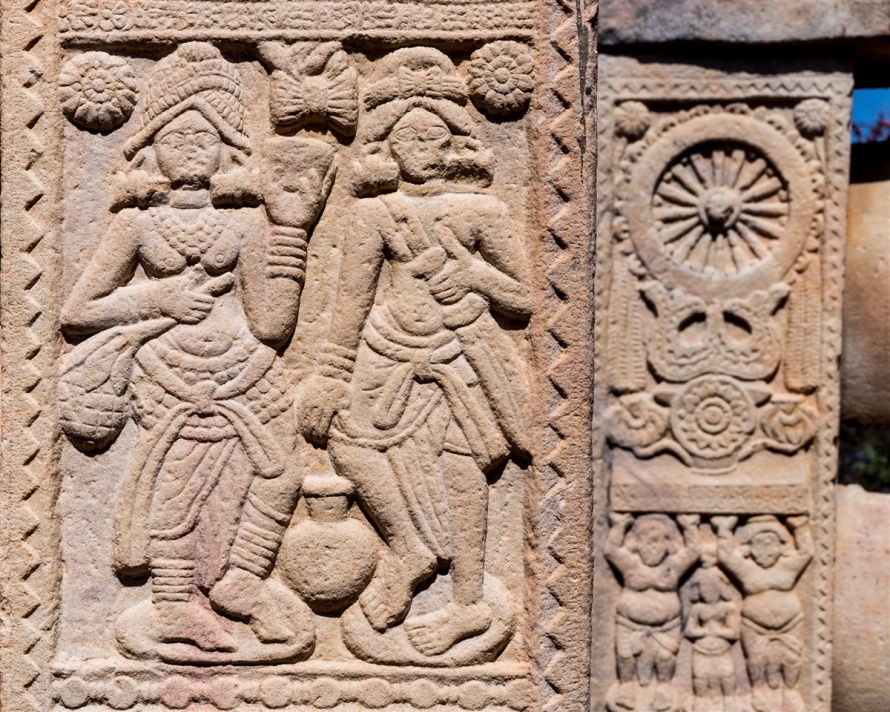
Unlike Stupa 1, when Alexander Cunningham excavated Stupa 2 a relic chamber was discovered, together with an intact inscribed sandstone relic box. Inside the box were four small relic caskets inscribed with the names of ten saints whose burnt bones were stored within.
The saints were Kasapagota (the teacher of all the Hemavatas), Majhima, Haritiputa, Vachhiya Suvijayata (pupil of Gota), Mahavanaya, Apagira, Kodiniputa, Kosikiputa, Gotiputa and Mogaliputa. Relics from most of these saints were also discovered at nearby stupas at Sonari and Andher.
It is interesting that not all these saints/teachers are contemporary, so it appears Stupa 2 entombed at least three generations of teachers. This may imply that their relics were originally placed elsewhere as separate individuals, and by the 2nd century B.C. the cult of relic worship had extended from the remains of the Buddha himself to those of his immediate disciples and subsequent teachers.
Ashoka pioneered the practice of disseminating Buddha’s relics, which appears to have then been followed in the case of others as well. The location of Stupa 2 within the Sanchi complex is hardly by chance. It is mostly likely that the builders deliberately chose a lower location for the enshrinement of these teachers, so they were below Buddha himself in Stupa 1, or his disciples in Stupa 3.
Housing the relics of Buddhist teachers and displaying the first attempts at Buddhist narrative art, Stupa 2 is no less important than any of the other monuments at Sanchi. Anyone willing to make the very short walk away from the constant lure of Stupa 1 will be well rewarded, and the tranquil, peaceful, atmospheric setting just adds layers to the whole experience.
You’re welcome to ‘Like’ or add a comment if you enjoyed this blog post. If you’d like to be notified of any new content, why not sign up by clicking the ‘Follow’ button.
If you’re interested in using any of my photography or articles please get in touch. I’m also available for any freelance work worldwide, my duffel bag is always packed ready to go…
KevinStandage1@googlemail.com
Categories: India, Madhya Pradesh, Sanchi, Stupa 2

































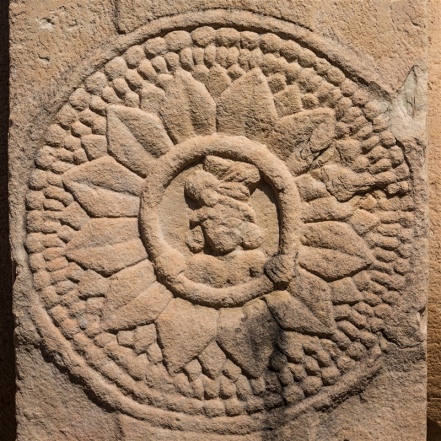




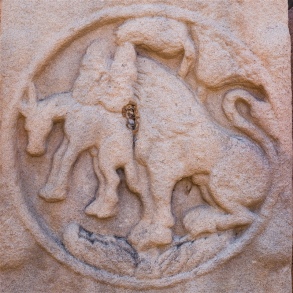













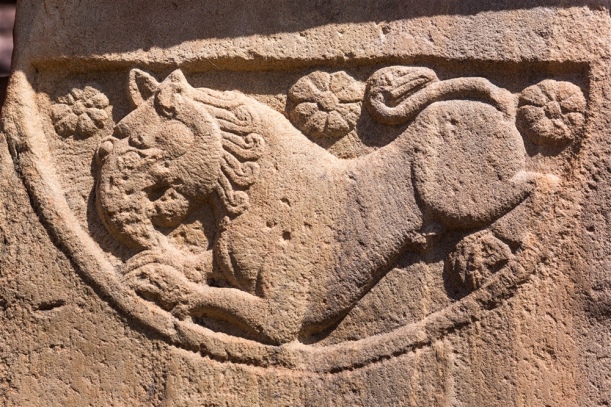














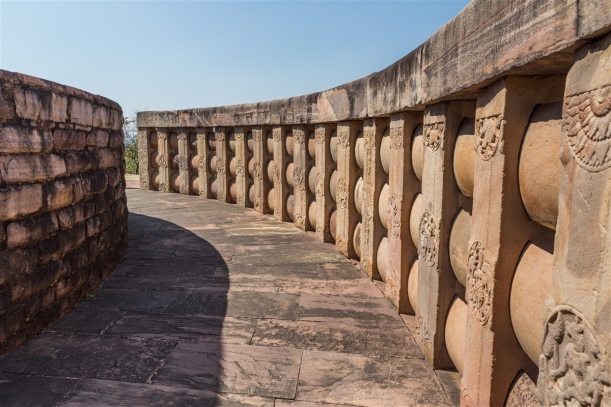











Looks like you’re having nice weather! Nice shots!
LikeLike
Really helpful. thanks a ton
LikeLiked by 1 person
You’re very welcome 🙏
LikeLike
Thanks for your comment Praven, and for stopping by my blog.
LikeLike
Photo documentation is valuable for researchers and those who wish to revisit, more in detail, having been hurried away in a tour! Thanks for your attention to detail.
LikeLiked by 1 person
Thank you !
LikeLike